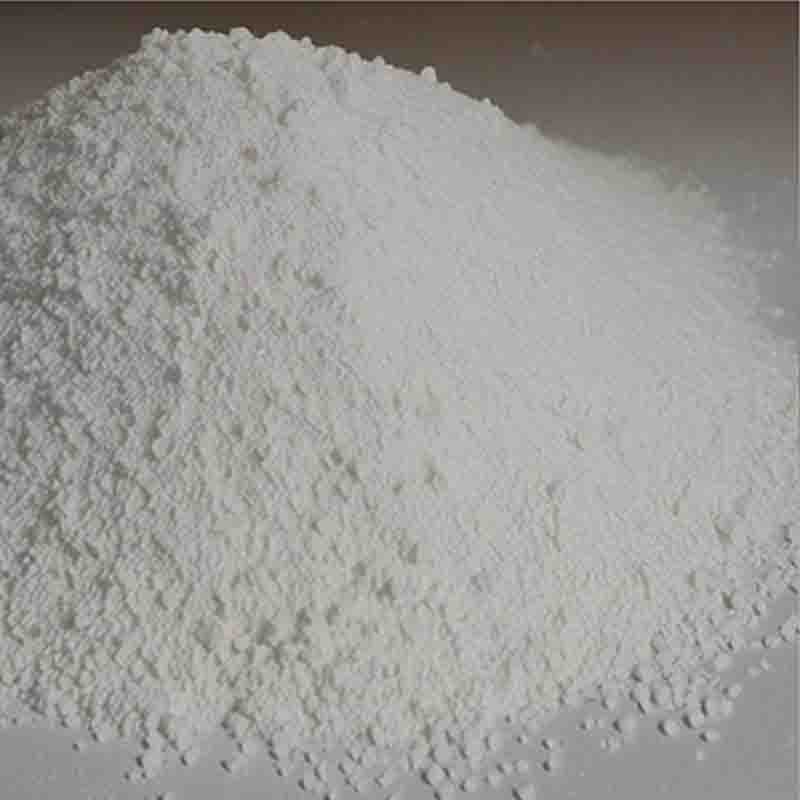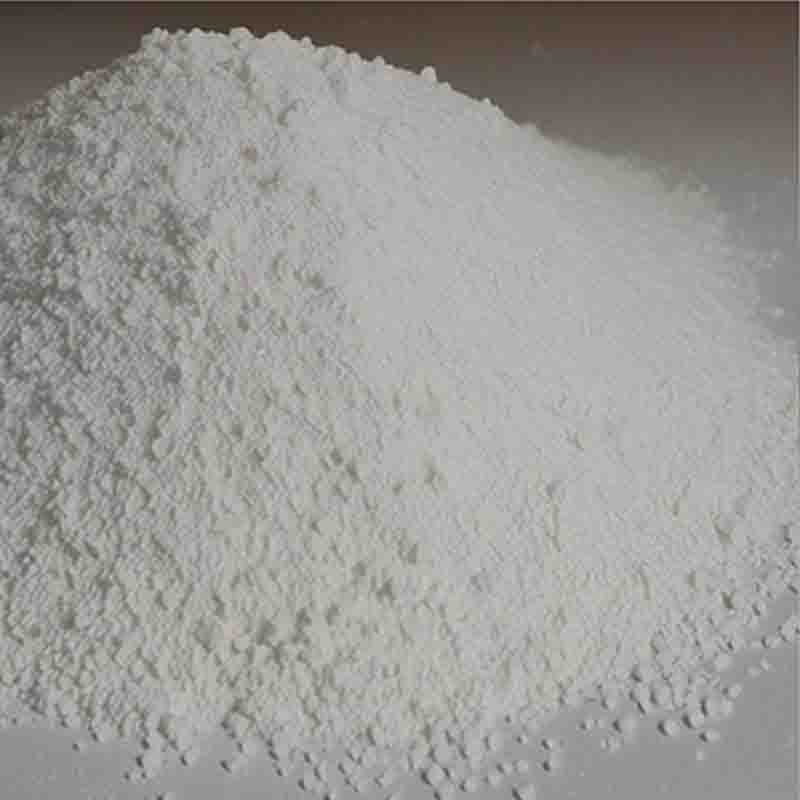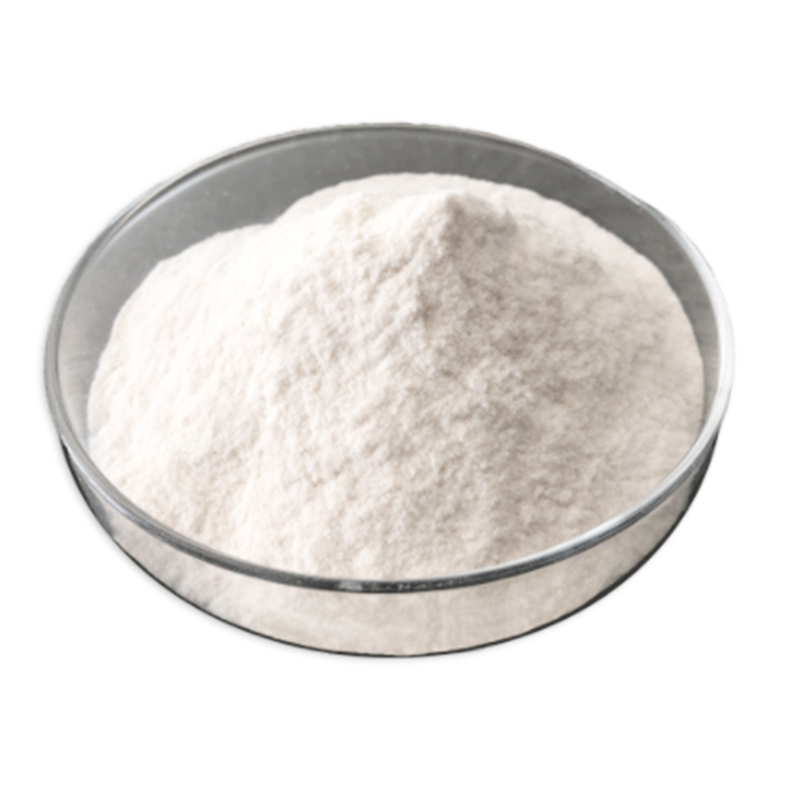(6-aMinopyridin-2-yl)(1-Methylpiperidin-4-yl)Methanone CAS: 613678-03-8
| Catalog Number | XD93693 |
| Product Name | (6-aMinopyridin-2-yl)(1-Methylpiperidin-4-yl)Methanone |
| CAS | 613678-03-8 |
| Molecular Formula | C12H17N3O |
| Molecular Weight | 219.28 |
| Storage Details | Ambient |
Product Specification
| Appearance | White powder |
| Assay | 99% min |
(6-aminopyridin-2-yl)(1-methylpiperidin-4-yl)methanone, also known as AMMPM, is a chemical compound that holds significant potential for various applications in the fields of chemistry, pharmaceuticals, and materials science.One important application of AMMPM is in medicinal chemistry and drug development. The compound's unique molecular structure makes it a valuable building block for the synthesis of biologically active molecules. Researchers can modify different regions of the compound to develop new and potent drugs for various diseases. AMMPM can serve as a starting material to generate diverse pharmacophores, allowing the creation of drug candidates that target specific receptors or enzymes. Its ability to interact with biological targets makes it a promising compound in the development of treatments for conditions such as cancer, neurological disorders, and infectious diseases.Moreover, AMMPM finds applications in organic synthesis and materials science. Its chemical structure makes it a versatile intermediate for the production of various organic compounds. By utilizing AMMPM as a building block, chemists can create complex structures and functional materials with tailored properties. For instance, the compound can be used to synthesize polymers, catalysts, and organic frameworks. Its presence as a key moiety in these materials can impart specific properties such as increased stability, selectivity, or catalytic activity.AMMPM can also be employed in chemical research and analytical chemistry. Its functional groups allow it to participate in a variety of chemical reactions, making it useful in the development of new methodologies and synthetic routes. The compound's presence in analytical standards can aid in the identification and characterization of other organic compounds using techniques like spectroscopy or mass spectrometry. This ensures accurate analysis and reliable results.Overall, (6-aminopyridin-2-yl)(1-methylpiperidin-4-yl)methanone (AMMPM) exhibits significant potential in various scientific disciplines. Its uses span from medicinal chemistry, where it serves as a key intermediate for drug synthesis, to organic synthesis and materials science, where it contributes to the creation of complex structures and tailored materials. The compound's functional groups also make it valuable in chemical research and analysis. With ongoing research and exploration, AMMPM may continue to pave the way for the development of new drugs, advanced materials, and innovative chemical processes.





![2-HYDROXY-5-[[(1-METHYL-3-PHENYLPROPYL)AMINO]ACETYL]BENZAMIDEHCl CAS:96441-14-4](https://cdn.globalso.com/xdbiochems/白色粉末1775.jpg)



